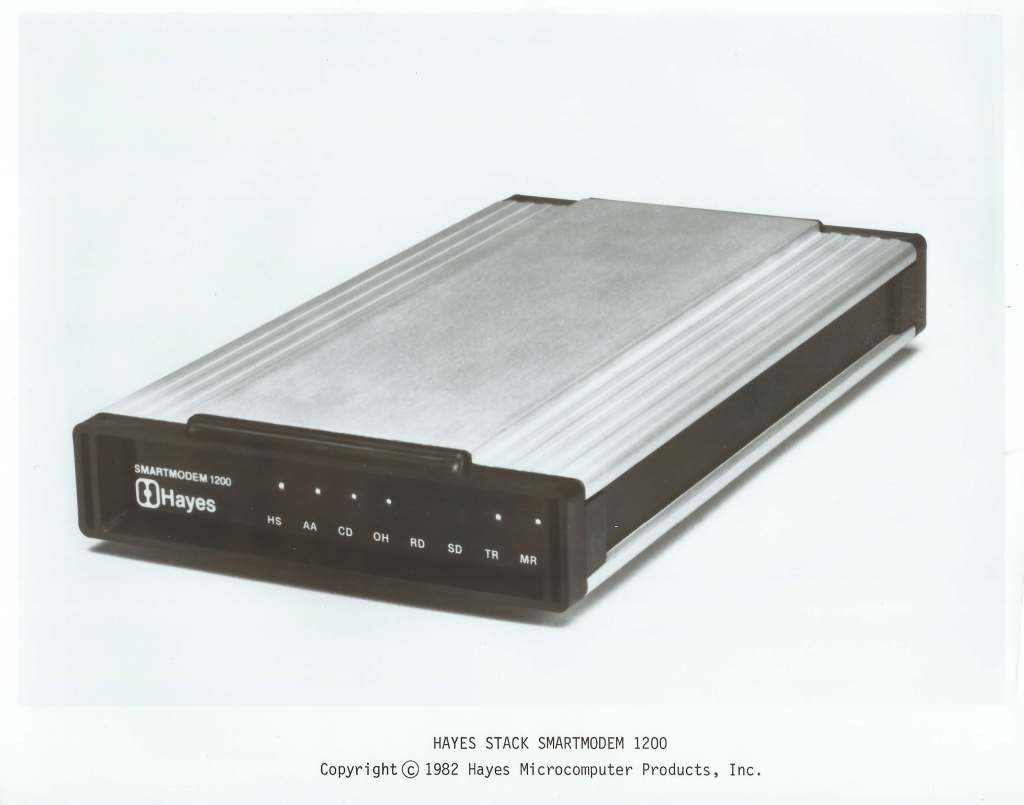The first decade or so of the PC saw hundreds of peripheral and add-on vendors compete for sales among a rapidly growing user base. The modem market was particularly crowded. To succeed, modem manufacturers had to keep improving performance and adding features while keeping prices low.
Zoom Telephonics (not to be confused with Zoom, the video conferencing company) first began producing modems in 1983. Three years later, the Zoom/Modem PC was a market leader in terms of price and performance. It was an internal, Hayes-compatible modem that came with its own Zoom/Disk communications software package.

Source: Zoom Telephonics, 1986
In 1999, Zoom Telephonics bought modem pioneer Hayes. The company merged with Minim in 2020, but still sells home networking products under the Zoom brand.


